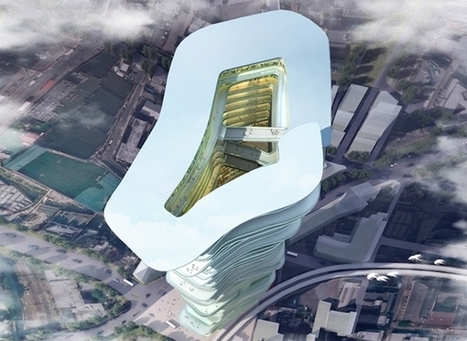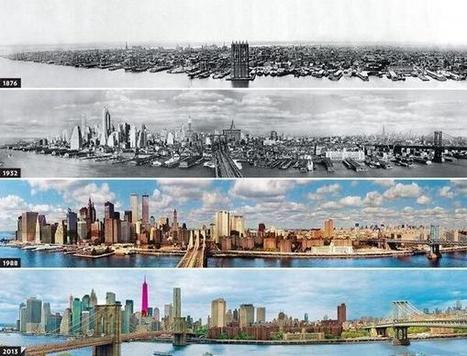"The evolving role of cities and regions presents planning challenges as urban areas are work to achieve particular social, economic and environmental goals. This video explores a range of cities to examine how fully integrated planning, design, engineering and management capabilities can help to improve cities."
Tags: urban, planning, urbanism, architecture.



 Your new post is loading...
Your new post is loading...
















An advertisement but interesting